The ancient stone faces of Angkor Wat have watched over Cambodia for nearly a millennium, their enigmatic smiles frozen in time. These weathered visages, carved into towering temple walls, seem to whisper secrets of a civilization that once dominated Southeast Asia. The "Angkor Smile" has become more than just an architectural feature - it's a symbol of national pride, cultural resilience, and the timeless beauty of Khmer artistry.
As dawn breaks over the Angkor Archaeological Park, the first golden rays illuminate the famous smiling faces at the Bayon Temple. This 12th-century masterpiece contains 216 massive stone faces, each bearing the distinctive serene expression that has come to represent Cambodia's golden age. Historians believe these visages may depict King Jayavarman VII himself, the monarch who transformed the Khmer Empire into a Buddhist state and commissioned many of Angkor's most spectacular structures.
The mystery surrounding these smiles has fascinated scholars and travelers alike. Unlike the stoic expressions found in other ancient civilizations, the Khmer artisans captured something remarkably human - lips slightly upturned, eyes half-closed in meditation, cheeks rounded with quiet joy. This artistic choice reflects the Mahayana Buddhist ideals of compassion and inner peace that flourished during Jayavarman VII's reign. The faces gaze outward in all four cardinal directions, suggesting both worldly vigilance and spiritual omnipresence.
Modern Cambodia has embraced the Angkor Smile as a national symbol. It appears on currency, government logos, and tourism campaigns. For a country that endured the trauma of the Khmer Rouge era, these ancient smiles represent cultural continuity - proof that Cambodia's rich heritage could not be erased by modern tragedies. Local artisans continue to recreate the iconic expression in wood carvings, stone sculptures, and even contemporary art installations.
Beyond their symbolic value, the smiles raise intriguing questions about Angkor's decline. How could a civilization capable of such refined artistry collapse? Recent archaeological findings suggest climate change and water management issues may have played significant roles. The smiles thus become poignant reminders of human achievement's fragility - magnificent creations that outlasted their creators by centuries.
Tourists visiting Angkor today often report an uncanny experience when meeting these stone gazes. The faces appear to change expression throughout the day as shadows shift across their features. Some visitors describe feeling watched over; others sense profound calm. This interactive quality makes the Angkor Smile remarkably contemporary - an ancient artwork that continues to engage viewers personally after 800 years.
Conservation efforts face significant challenges in preserving these delicate sandstone carvings. Humidity, lichen growth, and the sheer volume of visitors all threaten the fragile artworks. International teams work alongside Cambodian experts using cutting-edge technology to document and protect the smiles for future generations. These preservation initiatives represent a global recognition that the Angkor Smiles belong not just to Cambodia, but to all humanity as a UNESCO World Heritage treasure.
The enduring power of these smiles lies in their ability to transcend time and culture. They connect modern visitors to the skilled artisans who carved them, to the kings who commissioned them, and to the ordinary Khmer people who worshipped before them. In their silent, weathered faces, we see reflections of universal human emotions - serenity, wisdom, and quiet joy that needs no translation across the centuries.
As sunset paints the temples in fiery hues, the Angkor Smiles seem most alive. The fading light softens their eroded features, making their expressions appear to shift once more. In these magical moments, the boundary between past and present blurs, and for a heartbeat, the ancient Khmer world feels within reach. The smiles endure as Cambodia's gift to the world - an eternal reminder of beauty's power to outlast empires.

By Olivia Reed/Apr 28, 2025

By Emma Thompson/Apr 28, 2025

By Samuel Cooper/Apr 28, 2025
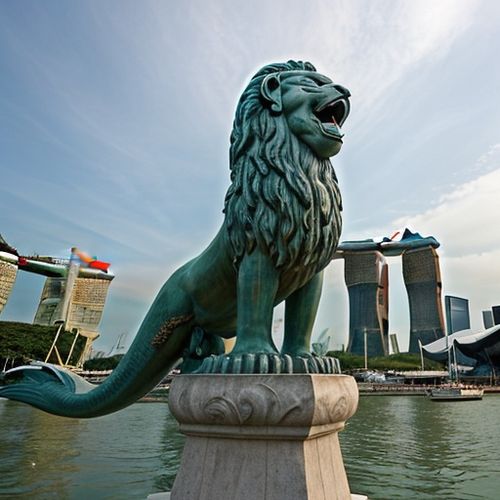
By Grace Cox/Apr 28, 2025

By George Bailey/Apr 28, 2025

By Rebecca Stewart/Apr 28, 2025
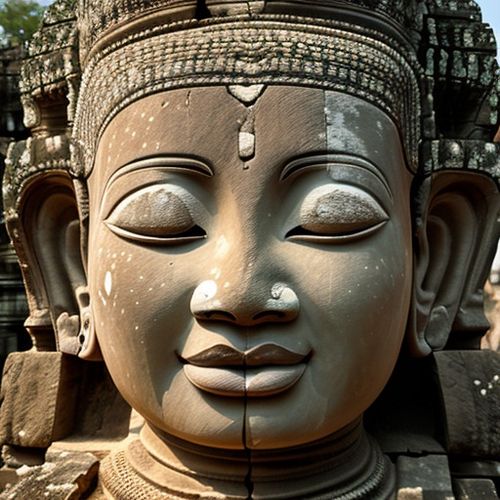
By George Bailey/Apr 28, 2025
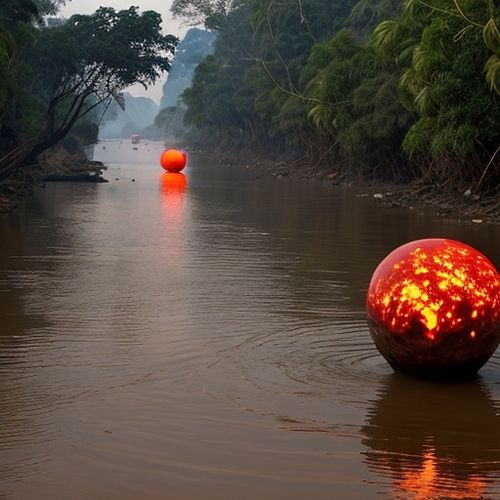
By Olivia Reed/Apr 28, 2025
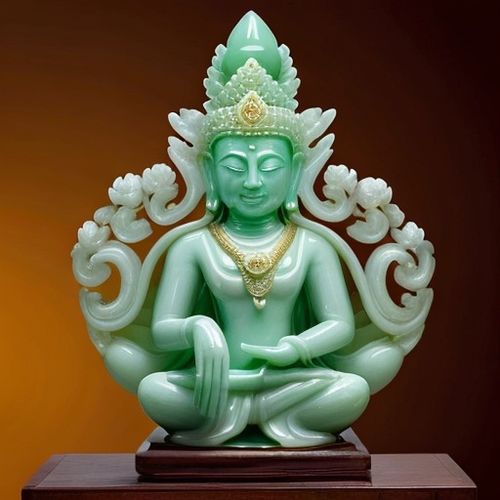
By Eric Ward/Apr 28, 2025
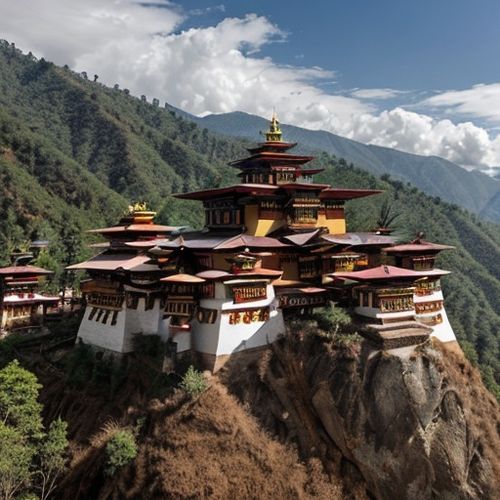
By Benjamin Evans/Apr 28, 2025

By Amanda Phillips/Apr 28, 2025
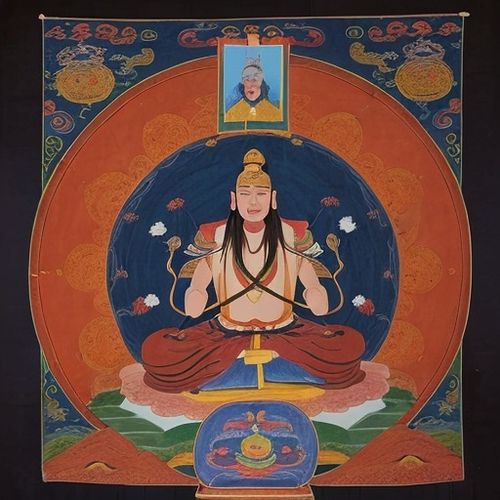
By Sophia Lewis/Apr 28, 2025
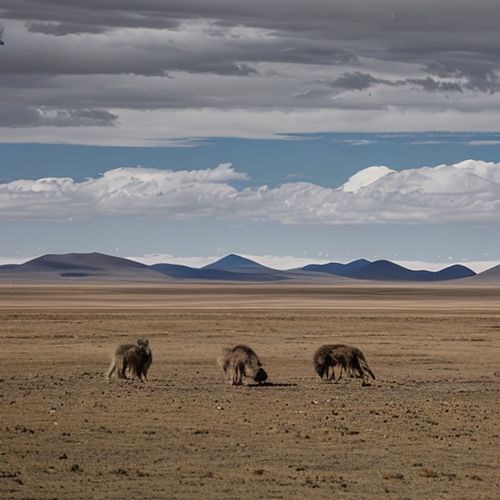
By Christopher Harris/Apr 28, 2025

By Benjamin Evans/Apr 28, 2025

By Rebecca Stewart/Apr 28, 2025
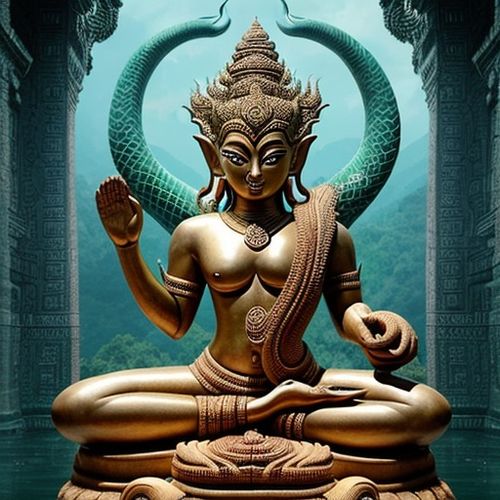
By David Anderson/Apr 28, 2025
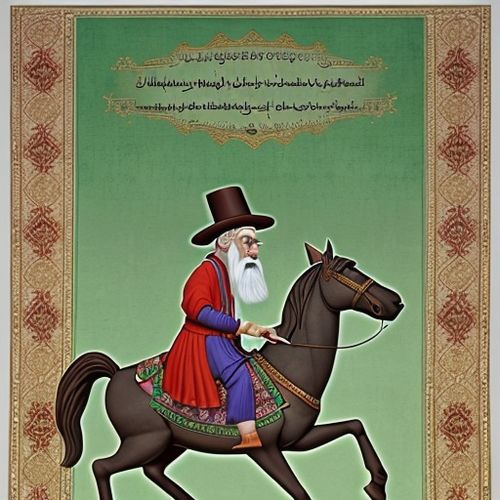
By Olivia Reed/Apr 28, 2025
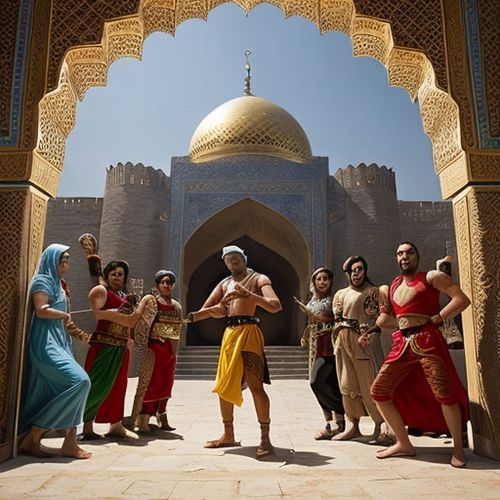
By Lily Simpson/Apr 28, 2025
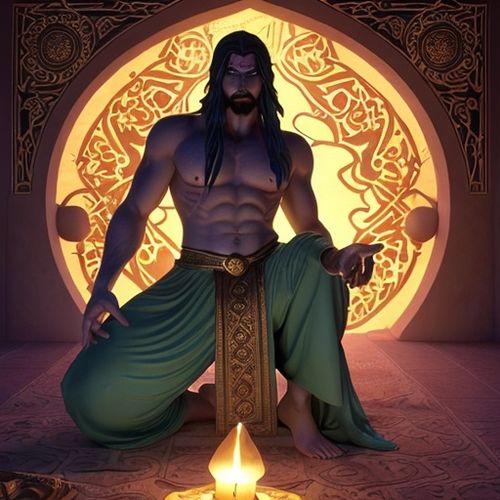
By Emma Thompson/Apr 28, 2025

By Laura Wilson/Apr 28, 2025